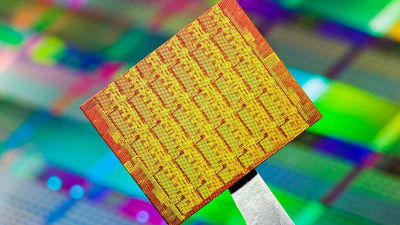Intel adopted a three-stage system with the "tic tac" strategy abolished, what is the impact on users?

ByYunHo LEE
Intel replaces "tick" of the generation which refines the "manufacturing process (process rule)" and "tuck" of the generation which improves the function with new design alternately every yearTic tac"We have been adopting the strategy of developing roadmaps for many years. Though it is a tic tack model to repeat two stages of miniaturization and function improvement, tic tack model is introduced in Intel's annual report, and "tiny tack" is abolished, "miniaturization", "function improvement", "optimization" It has turned out to be a three-stage strategy that repeats itself.
INTEL CORP - filing.pdf
(PDF)http://files.shareholder.com/downloads/INTC/867590276x0xS50863-16-105/50863/filing.pdf
Intel announced on August 15, 2015 that "6th generation Intel Core processor"SkylakeReleased. Skylake is a product with a process rule of 14 nm, which is a tactic tack. Next to tack, it means that it is tick, and in 2016 it was expected to launch 'Cannonlake' process rule refined to 10 nm, but a major obstacle occurred in the transition to 10 nm process rule, Cannonlake's It is proved that input will be in 2017. In other words, it has become difficult to continue the tic tac strategy that has been adopted since 2006.
Amid the circumstances described above, Intel publishes the annual report of 2015. Among them, "To effectively release products every year, 14 nm effective use · 10 nm next generation product release · The time to optimize product and process technology is expected to be longer than planned".
In addition, images that illustrate the new strategy Intel adopts were included. The following is a conventional tic tac strategy that repeats tick (process) and tack (architecture).

This is a new strategy. In the new strategy, a new stage called "optimization" is added to the "process" and "architecture" so far, and it is a three-stage system.

Neowin of IT related mediaAccording to Intel's new strategy, the user has the advantage that the desktop motherboard can be used longer than ever. However, it is said that CPU technology will no longer place more importance on performance improvement than before, and it is also pointed out that it is not necessary to frequently replace CPUs. In other words, there is a possibility that the CPU with state-of-the-art capabilities will not be released soon. Also, this strategy seems to have great advantages for mobile devices.
Related Posts:
in Hardware, Posted by darkhorse_log






